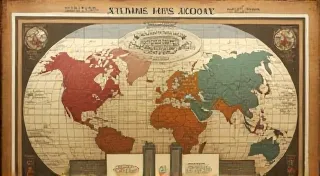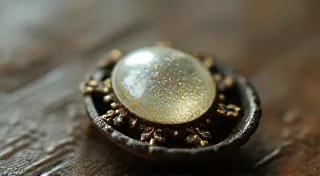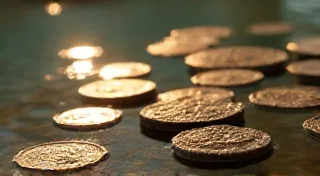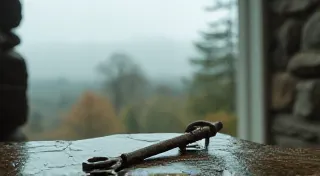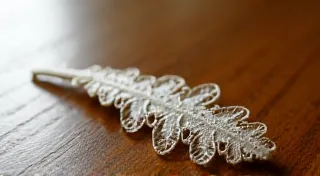Lost Threads: Reconstructing Techniques Through Fragmented Artifacts
There’s a particular poignancy that clings to objects touched by grief and memory. Victorian hair art embodies this feeling intensely. These intricate creations, fashioned from human hair – often from loved ones who had passed – served as powerful memorials, tangible reminders of those lost. But time, circumstance, and sometimes careless handling have left many examples in a state of heartbreaking disrepair. Today, we delve into the fascinating process of piecing together the techniques behind these delicate artworks, not from pristine examples, but from the shattered remnants of the past.
A Legacy Woven in Sorrow and Skill
The mid-19th century saw the rise of hairwork, a practice interwoven with the prevailing Victorian fascination with mourning rituals. Photography was still in its infancy, and capturing a likeness was a costly and complex endeavor. Hair, readily available and deeply personal, became the medium of choice for creating keepsakes. Brooches, bracelets, lockets, and even elaborate framed mosaics were all crafted with meticulous care. While the sentiment is undeniable, the sheer artistry involved is often overlooked.
Imagine the artisan, a “hairworker,” often a woman working from her home, skillfully manipulating gossamer-thin strands. The process wasn’t simply about braiding; it involved a breathtaking range of techniques: weaving, roping, knotting, beading, and embroidery, all integrated seamlessly to produce lasting tributes. These weren't mere crafts; they were miniature sculptures, expressions of profound emotion and unparalleled technical ability.
My own journey into this world began with a broken mourning brooch I found at a local antique market. The silver frame was tarnished, the glass cracked, and half the hairwork was missing. It was far from a complete piece, a ghostly echo of its former glory. Examining it closely, I was struck not by its incompleteness, but by the ingenuity evident in what *remained*. It sparked a desire to understand how this fragile artistry was achieved, a desire that led me down a rabbit hole of research, experimentation, and a growing appreciation for the skill of those who came before.
The Puzzle of the Pieces: Deciphering the Methods
Reconstructing lost hair art techniques isn’t a straightforward process. We rarely find detailed manuals or instruction books. Instead, we must become detectives, examining fragmented artifacts and looking for clues. The types of damage tell a story in themselves. A snapped roping technique, for example, reveals the tightness of the weave and the tools likely used. Frayed edges indicate the material’s fragility and the precision required to handle it.
One common challenge is determining the exact method of creating a "French weave." These intricate patterns, resembling miniature plaits, were frequently used in bracelets and pendants. Many extant examples display a slight variation in construction. By analyzing broken sections, noting the angle of the hair strands and the number of strands used, we can begin to differentiate between regional variations or even the individual styles of different hairworkers. This takes a keen eye, patience, and a lot of magnifying power.
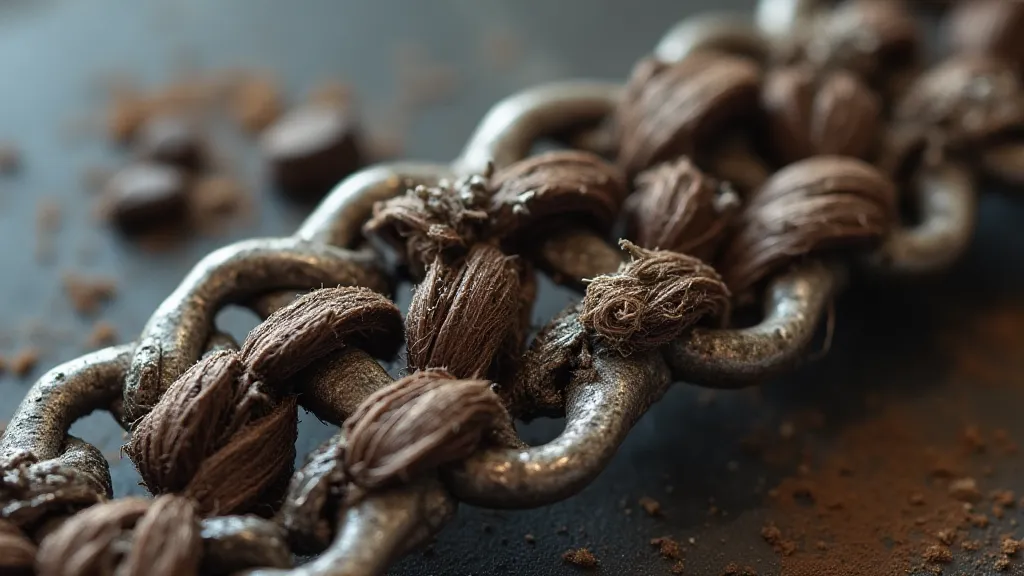
The color of the hair itself provides valuable information. While most hairwork utilized dark brown or black hair, the occasional use of lighter shades suggests an attempt to mimic a deceased loved one’s complexion, or possibly a stylistic choice. It's important to consider these nuances when attempting to reconstruct a technique. Were the lighter strands dyed? Were they incorporated to create a particular highlight or shadow? These seemingly small details can significantly impact the overall effect.
Tools of the Trade: A Closer Look
The tools used by Victorian hairworkers were surprisingly simple: small, sharp scissors; fine-toothed combs; needles; thread; and a variety of clamping devices. While we rarely find complete sets of these tools associated with a specific hairwork piece, we can make educated guesses based on the techniques employed. For example, the incredibly fine work seen in some mourning miniatures suggests the use of a specialized needle with a tiny eye, capable of threading the thinnest strands.
One often-overlooked element is the importance of beeswax. This natural adhesive was frequently used to hold hair strands in place during the weaving process, allowing the hairworker to manipulate them with greater precision. The presence of beeswax residue, even in minuscule amounts, can be a valuable clue when reconstructing a technique. It also suggests a methodical, layered approach to the crafting process, not just relying on knotting but using an adhesive to hold the strands while the work is layered.
The nature of the base material also reveals important clues. Many pieces were built upon a foundation of felt, linen, or even card stock. Analyzing the weave and texture of the underlying material can indicate whether it was pre-prepared or woven directly into the hairwork. This seemingly minor detail can change our understanding of the entire construction process.
Beyond the Technique: The Emotional Resonance
Reconstructing Victorian hair art techniques is more than just an academic exercise. It’s a way of connecting with the past, of understanding the lives and emotions of those who created these poignant memorials. Each broken piece whispers a story of loss, love, and enduring memory.
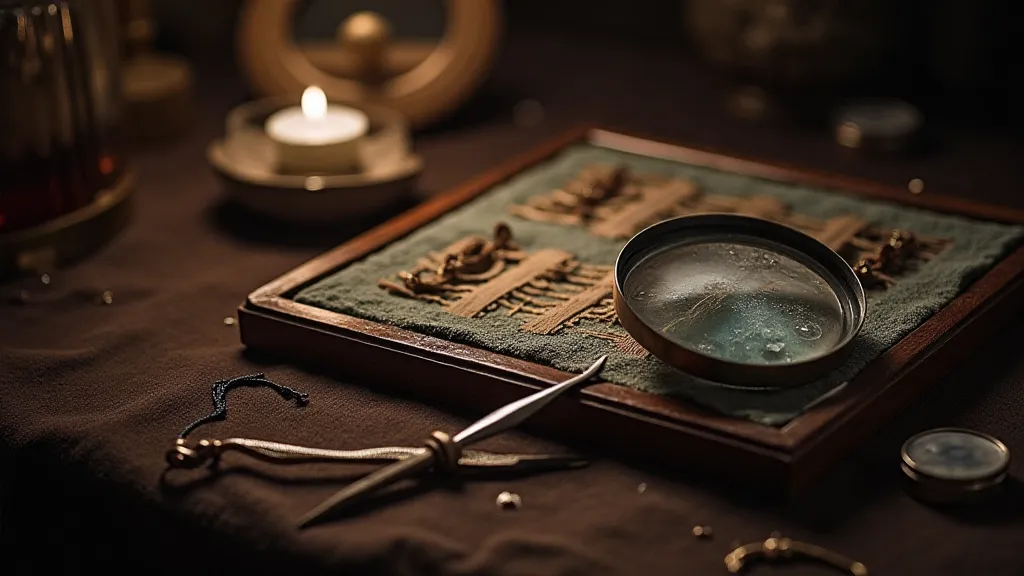
Consider the hairworker who meticulously crafted the fragment I found at the antique market. What were her joys and sorrows? What motivated her to create such a delicate and enduring tribute? While we may never know the answers to these questions, the act of reconstructing her techniques allows us to appreciate her skill and dedication, and to honor her contribution to a unique and deeply meaningful art form.
Collecting & Preservation: A Note of Caution
For those interested in collecting Victorian hair art, a crucial understanding of the fragility of these pieces is paramount. Attempting to “restore” a damaged piece without proper knowledge and experience can do more harm than good. Stabilizing existing damage, gently cleaning surface grime, and storing pieces in acid-free environments are essential for preservation.
As for attempting reconstruction, while fascinating, it should be approached with respect and a deep appreciation for the original craft. The goal isn’t to replicate a piece perfectly but to gain insight into the methods employed and to honor the legacy of the Victorian hairworkers.
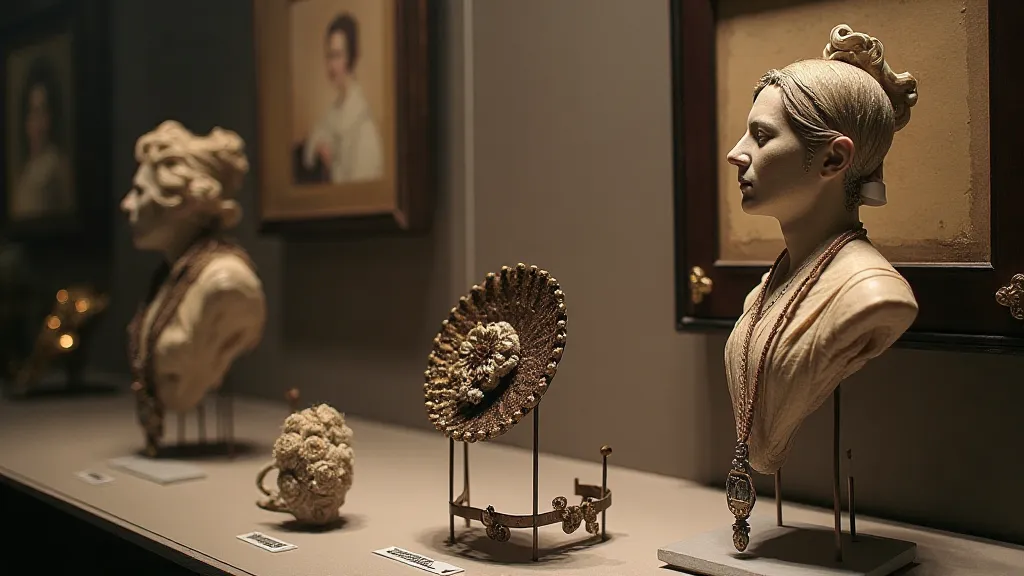
The fragments of the past often hold the most profound lessons. By piecing together the broken threads of Victorian hair art, we can reconstruct not just lost techniques but also a deeper understanding of the human spirit and the enduring power of memory.
